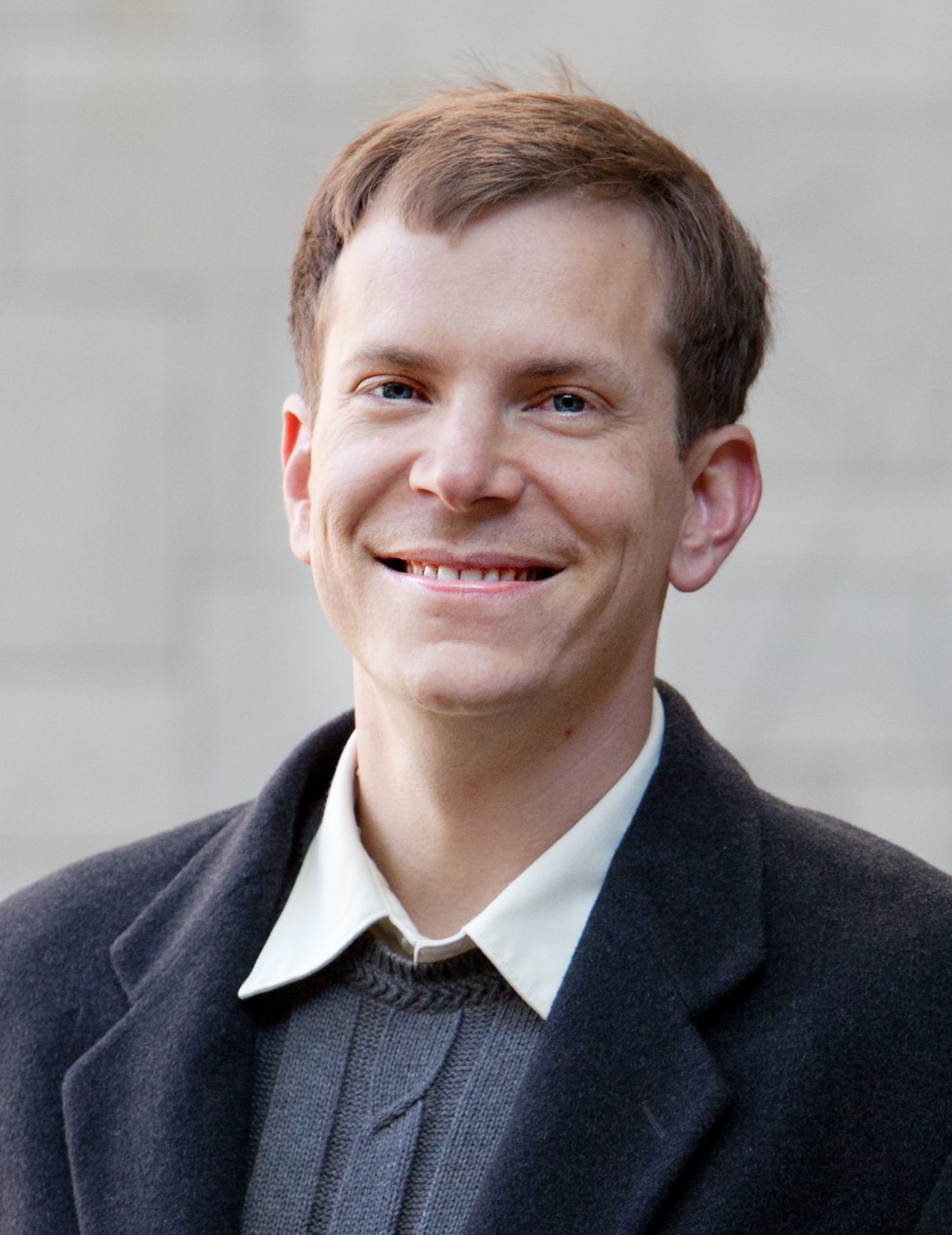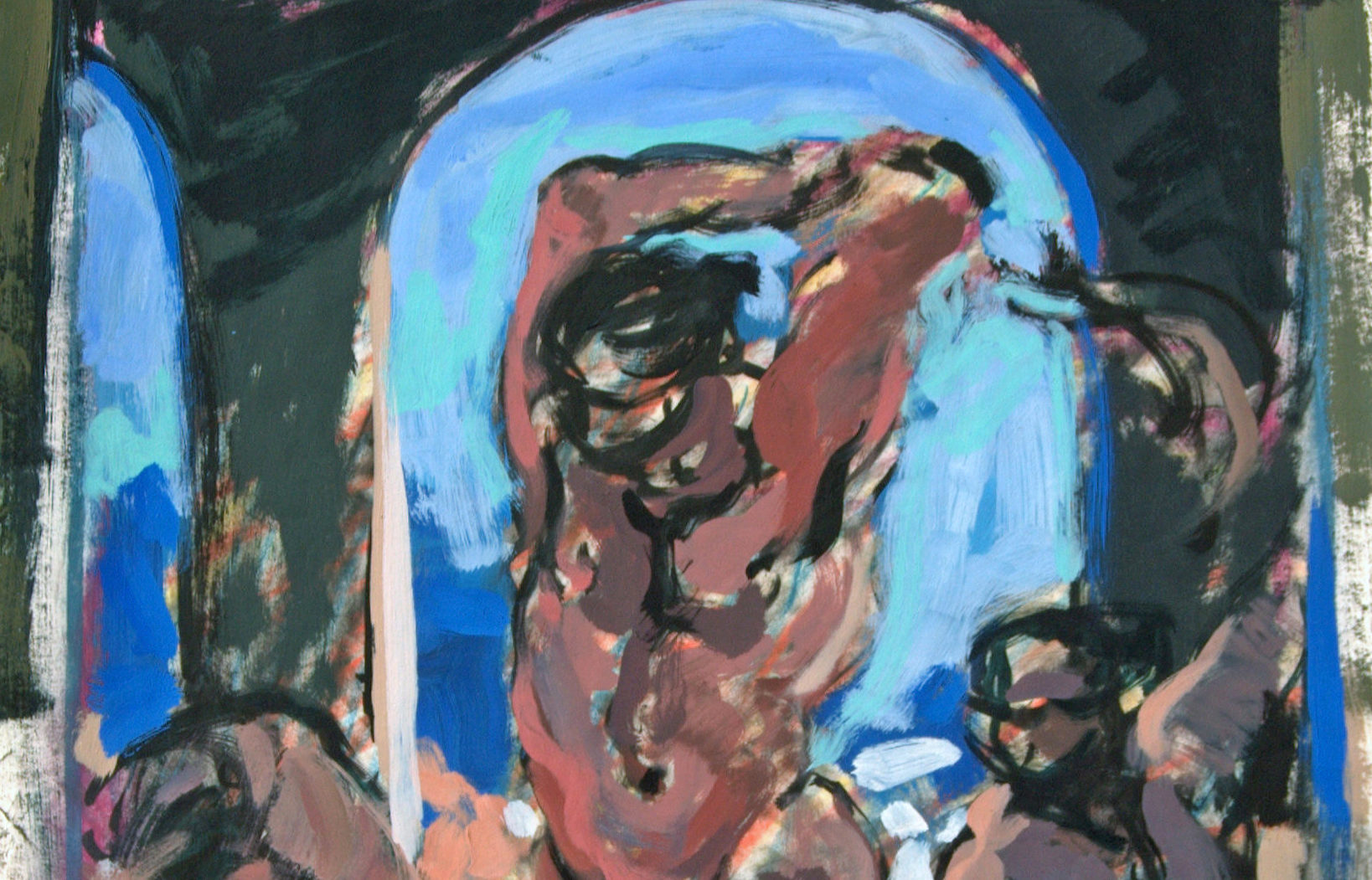This review of Augustine of Hippo: A Biography originally appeared in the Fall 2017 issue of Providence‘s print edition. To read the original in a PDF format, click here. To receive future issues as soon as they are published, subscribe for only $28 a year.
Devotees love to praise the objects of their devotion—especially, perhaps, in retrospect. Nothing else quite matches nostalgic contemplation for bringing out the superlatives. Whether a retired sports star or a deceased music icon, we often grace the recently departed with larger-than-life status. We transform them into legends, and our accolades secure their memory for subsequent generations.
The academy also has its demi-gods. Those who labor in the vineyards of Augustine studies are acutely aware of Peter Brown’s influence in the field. Brown, mind you, isn’t dead. In fact, the historian and Princeton professor emeritus hasn’t really even retired. But he is the author of a work celebrating a milestone anniversary. Fifty years ago he not only wrote Augustine of Hippo—the definitive, and still unsurpassed, biography of arguably the most important church father of Western Christianity—he, in the same moment, also reshaped the discipline of ancient history by moving it into new and creative paths. He did so partly by liberating Augustine from the dingy catacombs of theological and ecclesiastical controversy. Like an earthquake, not all of Brown’s reshaping of the landscape was particularly welcomed—but his impact cannot be denied, nor can one ever ignore him.
To credit Brown’s biography as the sole reason for the renewal of interest in Augustine might be a stretch. Reinhold Niebuhr, the prominent American public intellectual, famously invoked Augustine as the inspiration behind his own Christian realism. But there was probably no single work that did more to rehabilitate Augustine from obscurity and put flesh on the bones of this most influential and controversial figure than Brown’s Augustine and his subsequent scholarship on late antiquity.
Much like John Calvin, the great Genevan reformer and theologian of the Reformation, Augustine has been tainted by his association with doctrines we moderns do not much like—predestination and original sin among them—to say nothing of his much maligned—and misunderstood—view on sex. To be candid, when I first encountered Augustine in seminary I didn’t like him much either. Okay, I was repulsed. To demonize him did not take a lot of effort. But time and the actual reading of the Augustinian corpus do much to realign crooked thinking. My moment came when I was a doctoral student at the University of Chicago. We were reading selections of City of God, Augustine’s magnum opus. I read the entire first book—of twenty-two—in one sitting and was left absolutely stunned by the style, argumentation, beauty, and force of what I had encountered.
The great achievement of Brown’s biography is to illuminate this aspect of Augustine; to bring the saint back down to earth—and not just anywhere. Brown restores Augustine to his old address: the late Roman Empire that dominated the ancient Mediterranean world. In his proper context, we encounter Augustine as a product of his own life and times and can read his work in the context of his age. In other words, Brown’s Augustine is thoroughly—and delightfully—human. Rather than a sex-obsessed inquisitor, one sees how Augustine’s faith and ministry were in fact noble, generous, charitable, and even admirable.
Regarding the Augustinian mind, even the harshest critic should be impressed by the man from Hippo’s stunning intellect. Regarding the Augustinian heart, one cannot help but be moved by his rejection of the shallow life of celebrity and wealth available to him in the upper echelons of Roman imperial politics in favor of the hard life of a priest and bishop in distant Africa. In our own time in which Christians are attempting to move back into major metropolitan areas in order to influence and engage culture, Augustine chose the opposite path. He left the epicenters of power for his homeland in North Africa. This wasn’t a retreat, let alone desertion, for Carthage and North Africa were hardly imperial backwaters. But neither were they the ecclesial and political power centers of Italy or Constantinople.
Brown brings to life the Augustine who was as much a man of action as of reflection. Augustine’s claim to fame was teaching rhetoric, and his ability to dazzle congregations and audiences with his rhetorical mastery was the talent his contemporaries knew best. However, Brown argues, it was not Augustine’s style but his ability to connect with audiences that uncovered the “secret of [his] enormous power as a preacher.” Brown continues:
He will make it his first concern to place himself in the midst of his congregation, to appeal to their feelings for him, to react with immense sensitivity to their emotions, and so, as the sermon progressed, to sweep them up into his own way of feeling.
It’s important to note that Brown’s achievement involved more than the subject of his book alone. Brown’s Augustine firmly established him as the scholar behind the intellectual turn towards social and cultural history in the study of the ancient world. Until Brown, ecclesiastical history of late antiquity tended to be dry and not terribly exciting. Really, late antiquity itself, viewed as a period of stagnation and decline, was little studied. Brown’s Augustinian biography was an important first step in the legitimization of the 4th and 5th century as profitable subjects of study. By turning to cultural anthropology and other methods for encountering the ancient world, Brown humanized not just Augustine but also ancient Christianity itself. Getting into the early Christian’s skin and trying to understand the world through the eyes of those who lived in it, Brown established empathy as a scholarly tool.
But certainly the achievement in Brown’s Augustine concerns the man himself. Happily—because helpfully—this is no hagiography. Brown is not afraid to address Augustine’s more severe side. Evaluating Augustine’s many doctrinal battles with various heresies (Donatism and Pelagianism most prominently), Brown is prone to present him as heavy handed, calculating, and paternalistic. It is true that Augustine would find himself as the tip of the spear in many theological disputes and was deeply passionate about preserving orthodoxy. What is little appreciated, however, is that throughout these assertions against the Donatists, Augustine and the Catholics were a minority, and in some cities in North Africa a significant minority. In addition to erudition, then, more than a little courage characterized Augustine. But erudition there was! One of the most stimulating chapters recounts the conference between Catholics and Donatists in Carthage in the summer of 411. Augustine’s political and rhetorical skills shine as he and the Catholic contingent intellectually route the Donatists.
Brown’s harshest treatment of his subject comes in his portrayal of Augustine’s later years, much of which was taken up with extensive jousting with Julian of Eclanum, an upstart Italian cleric. If humanizing the great saint is Brown’s singular achievement, it is also the book’s great weakness. Brown’s determination to humanize often comes at the expense of a seeming lack of interest, even downright indifference, to theology and doctrine. Instead of allowing that it might be the product of long consideration and biblical study, in Brown’s hands Augustine’s mature theology is too often reductively psychologized.
For instance, Augustine’s increasing focus in his doctrinal works and preaching on the future city of God in contrast to the present world of sin and brokenness is presented simply as a product of his despair and disillusionment. Similarly, Augustine’s strident debates with Julian is chalked up to the callousness of old age. “Augustine was a hardened campaigner,” writes Brown. “His works against Julian have the cold competence of an old, tired man, who knew only too well how to set about the harsh business of ecclesiastical controversy.”
But these are quibbles. No book is perfect, and even with certain significant drawbacks in hand I will continue to assign Brown’s biography when I teach Augustine. Fifty years on, there is simply, still, nothing better out there to give students a close encounter with this larger-than-life figure.
—
Daniel Strand, a Providence contributing editor, is a postdoctoral fellow in the Center for Political Thought and Leadership at Arizona State University. His scholarly interests are in history of political thought, religion and politics, and the thought of St Augustine of Hippo.
Image Credit: Saint Augustine, by Philippe de Champaigne, between circa 1645 and circa 1650. Los Angeles County Museum of Art. Source: Wikimedia Commons.







 Sponsor a student for Christianity & National Security 2024
Sponsor a student for Christianity & National Security 2024